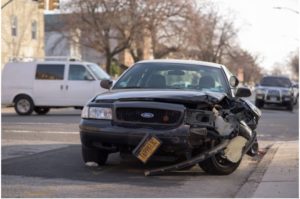What’s the bottom line?
At-Fault Collisions!
The bottom line is quite simple-what is your at-fault collision history?
This is where the insurance company has to pay out. Nothing else really matters to them. You pay them to cover your loss. The End. If you have traffic tickets, why does this matter if you’ve never had a collision that is your fault, a violation that is not part of the cause of a collision?
If you live in a high risk area and have never been involved in an at-fault accident, why should your insurance rates be high? If your age and gender places you into a high risk category, yet you have a clean driving record, why should you pay hefty insurance rates just because other drivers in this category may not be so careful?
The answer is simple: the broad categories that insurance companies have developed (and not improved upon for decades) justify you being charged the higher rates regardless of your driving record.
Maybe some updates are needed!
The general idea of insurance rating classes are that large numbers of drivers are charged high rates because some of the drivers in that class have poor driving records may become a thing of the past. I am hoping that it does. One article I read several years ago goes as far as saying that the risk category size could be as small as a single driver!
Young male drivers with little driving experience behind the wheel are the most likely to be involved in at-fault collisions, and insurance rates for this class of drivers reflects this.
Just for the sake of argument, let’s say that the data analysis methods used to determine insurance rates can identify a class of drivers within this high-risk class that remain at-fault accident free-or relatively so? The data analysis could be extended through this early period of a driver’s life. It is likely that a driver identified as such will have a low accident rate for many years. So what I am suggesting is that the large rate classes that currently exist in the auto insurance business be broken up into smaller and smaller categories that reflect safe driving habits early on in their driving lifetime. This could be continued to identify individuals who live in a high-risk area that defy the odds and remain at-fault accident free.
Also, you should never be charged extra for being involved in a collision that is not your fault, but this happens a lot.





